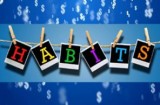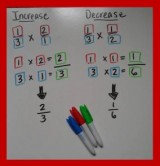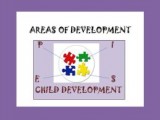
Looking for a project, other than book work, to assign his housing class Joseph Bauer, a FACS teacher from Jefferson City High School Missouri, got a creative idea. Having already covered floor plan drawings, both top and side view designs and making scale models of bedrooms using shoe boxes, he wanted the next project to be more challenging and exciting. Combine that with the fact that it was the time in the year when Halloween was in the air and you end up with a hauntingly cool project!!






